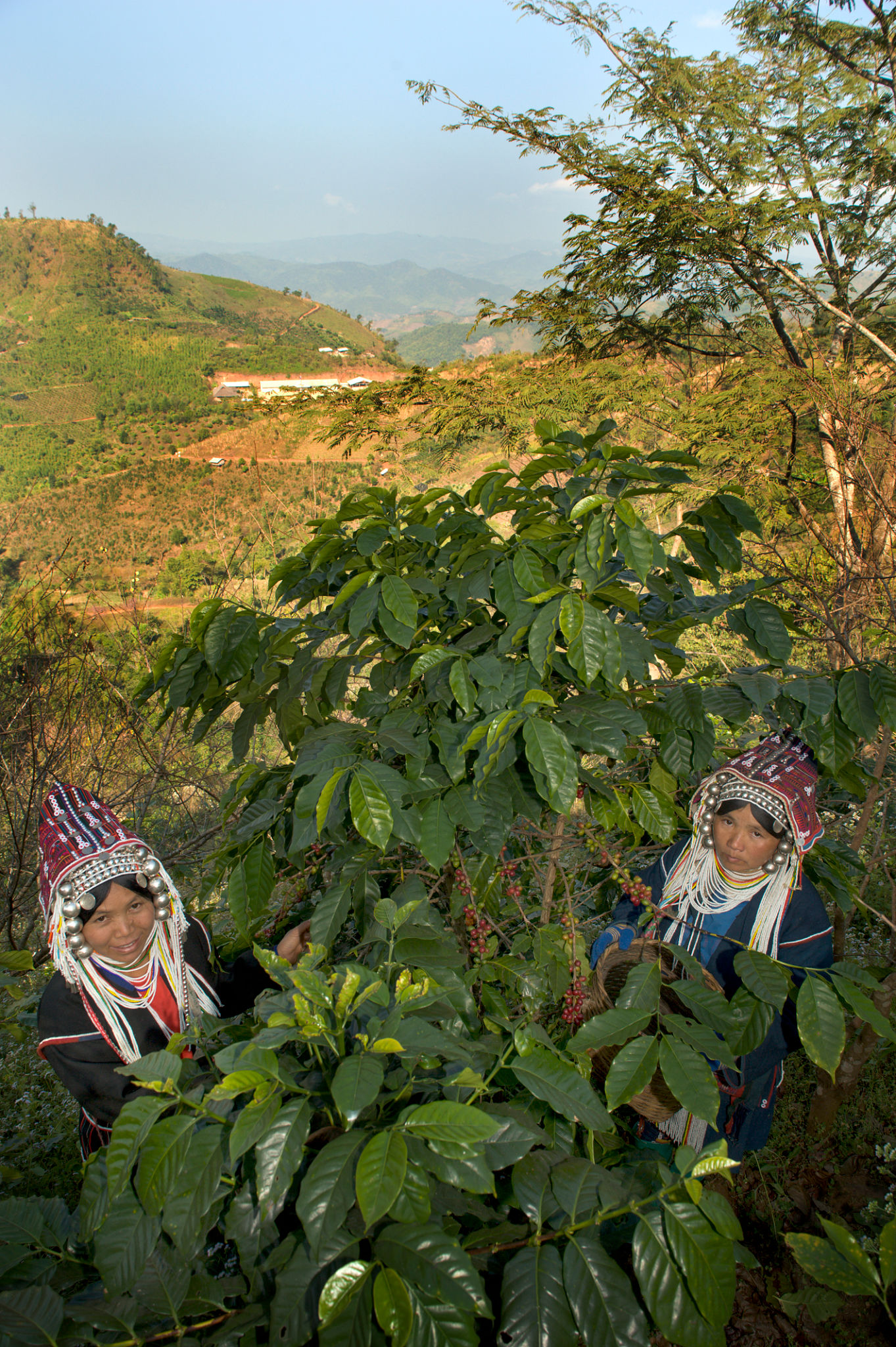The Impact of Environmental Changes on Indigenous Lands in Canada
Understanding the Connection Between Indigenous Peoples and Their Lands
The relationship between Indigenous peoples and their lands is deeply rooted in history, culture, and spirituality. For generations, these communities have been the stewards of vast territories, maintaining sustainable practices that have preserved the environment. **However, environmental changes pose significant threats to these lands, impacting the livelihoods, traditions, and well-being of Indigenous peoples across Canada.**

Climate Change and Its Effects
Climate change is one of the most pressing environmental issues affecting Indigenous lands. Rising temperatures, changing precipitation patterns, and extreme weather events are altering the landscape. For example, **melting permafrost and shrinking ice cover are disrupting traditional hunting routes and affecting wildlife habitats** crucial for Indigenous communities. These changes not only threaten food security but also challenge cultural practices tied to the land.
Industrial Development and Resource Extraction
Industrial activities such as logging, mining, and oil extraction have long been a source of conflict on Indigenous territories. These activities often lead to deforestation, water contamination, and loss of biodiversity. **The expansion of such industries can encroach on sacred sites and disrupt the ecological balance**, further marginalizing Indigenous communities who rely on these resources for their survival.

The Role of Indigenous Knowledge
Indigenous knowledge systems offer valuable insights into sustainable environmental management. **Traditional ecological knowledge has been developed over centuries and provides a holistic understanding of ecosystems.** By integrating this knowledge with modern science, there is potential to create more effective strategies for addressing environmental challenges.
Legal and Political Advocacy
In recent years, Indigenous groups have increasingly engaged in legal and political advocacy to protect their lands. Landmark court cases have recognized Indigenous rights to land and resources, setting precedents for future environmental governance. **These legal victories empower Indigenous communities to take an active role in environmental decision-making**, promoting a more balanced approach to development.

Collaboration for Sustainable Solutions
Collaboration between Indigenous communities, governments, and environmental organizations is essential for sustainable solutions. **Partnerships that respect Indigenous sovereignty and knowledge can lead to innovative approaches** in conservation and resource management. By working together, stakeholders can address the challenges posed by environmental changes while respecting the rights and traditions of Indigenous peoples.
The Path Forward
The impact of environmental changes on Indigenous lands in Canada highlights the urgent need for action. **Protecting these lands is not only a matter of preserving biodiversity but also of upholding human rights and cultural heritage.** As awareness grows, there is hope for a future where Indigenous voices are heard, respected, and integrated into the broader environmental discourse.
By prioritizing the rights and knowledge of Indigenous peoples, we can forge a path toward a sustainable future that benefits all Canadians. It is imperative for both policy makers and individuals to recognize the invaluable contributions of Indigenous communities in safeguarding our planet.
